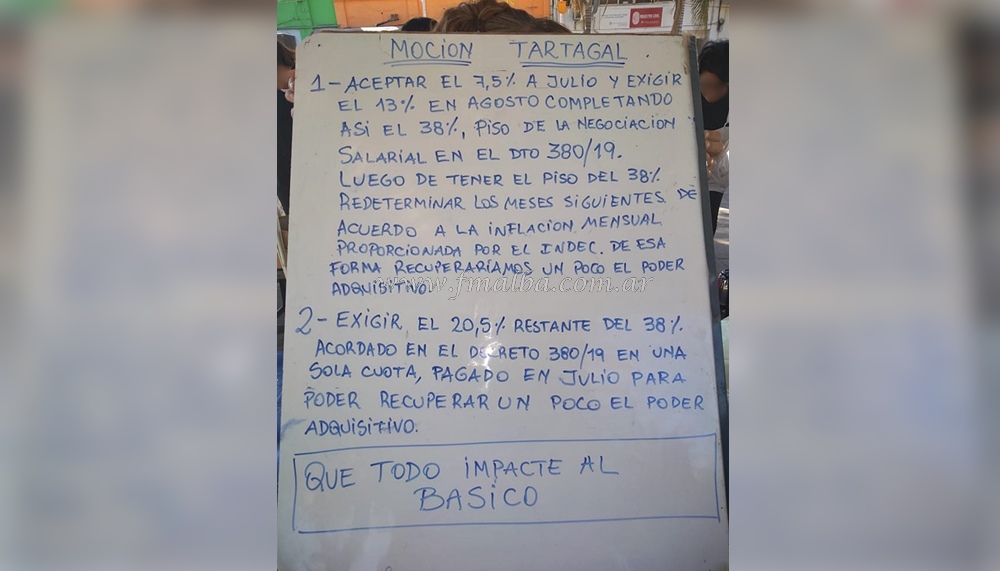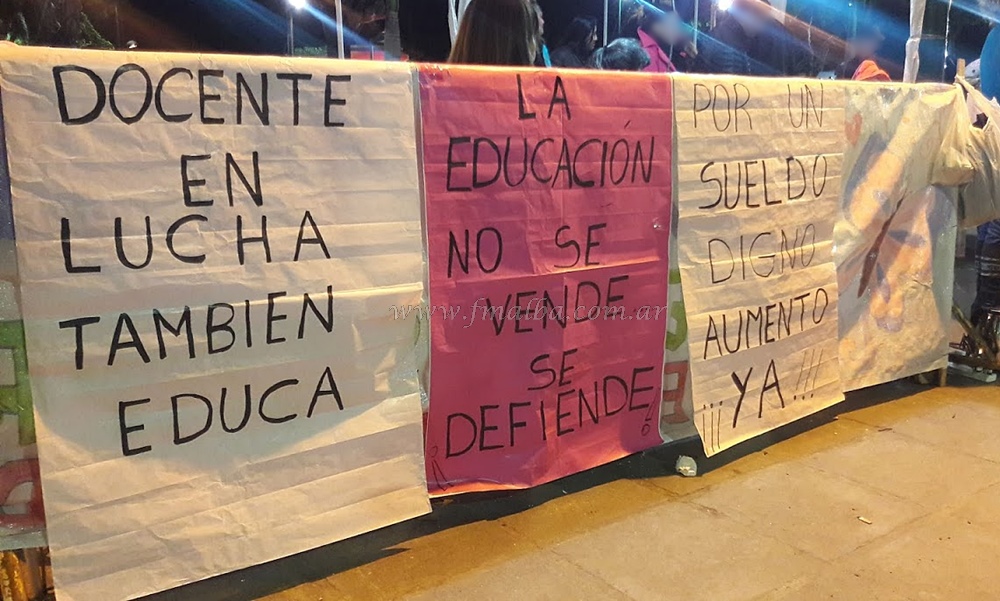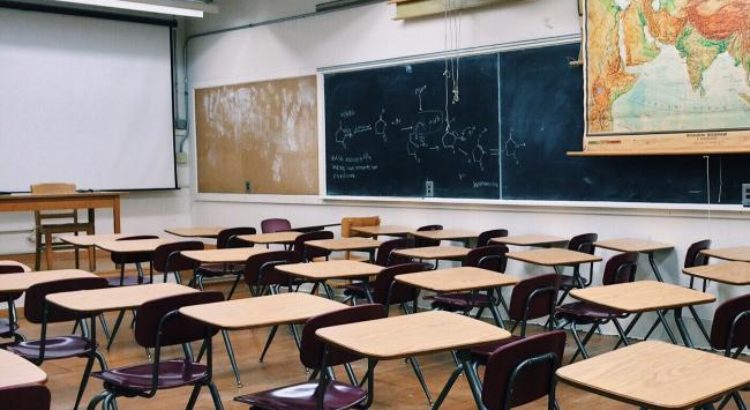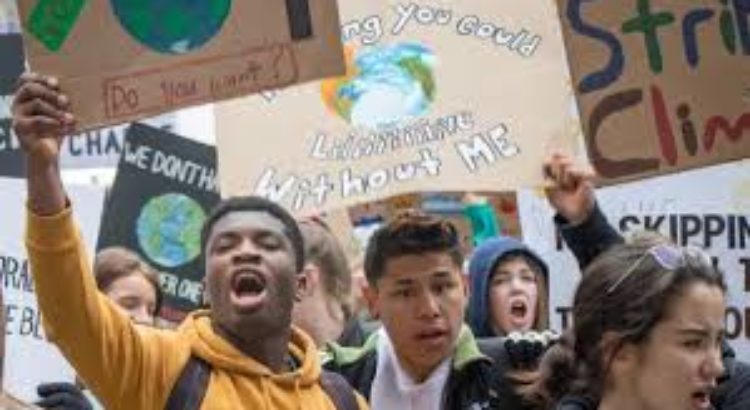América del Sur/ Argentina/ 29.07.2019/ Fuente: www.laizquierdadiario.com.
Tras la brutal represión del actual gobernador y candidato a vicepresidente de Lavagna, miles de docentes marcharon en la capital y distintas localidades del interior acompañados por la comunidad. También, cortaron la Rotonda de Pichanal y el Acceso a la Ciudad de Orán, sobre Ruta N° 50.
Este miércoles se cumplió el octavo día de paro docente en Salta contra el Decreto 974 del actual gobernador y candidato a vicepresidente de Roberto Lavagna, Juan Manuel Urtubey, que ataca el salario docente desconociendo el Decreto 380, que establece una cláusula gatillo actualizando el salario en función de la inflación, que la docencia arrancó con una enorme lucha en el mes de marzo.
Tras fracasar en sus maniobras para quebrar y dividir a las y los docentes, pasado el mediodía de hoy, con un inusitado despliegue policial, el Gobierno reprimió brutalmente la movilización que se dirigía a la Casa de Gobierno en Grand Bourg.
El fuerte repudio no se hizo esperar y a partir de las 20 hs se realizaron movilizaciones en la Capital salteña y diversas localidades, así como cortes sobre la Ruta N° 50, donde miles de docentes, acompañados por la comunidad, demostraron el cinismo del Gobierno Provincial que, en un comunicado de prensa emitido por el Ministerio de Seguridad, aseguró que “no hay personas detenidas ni se reportaron civiles heridos durante la protesta docente en la casa de Gobierno”, negando la detención de la docente Celia Alancay a la cual, según informa su abogada Sandra Domene, le abrieron una causa con el represivo Código Contravencional vigente en la Provincia, así como por los delitos penales de “privación ilegítima de la libertad y entorpecimiento en la vía pública”.
Al igual que en el mes de marzo, cuando las y los docentes sostuvieron una huelga de 8 días logrando con acampe, masivas movilizaciones y piquetes romper la paritaria de ajuste del gobierno de Urtubey organizados desde abajo y con la dirección burocrática de ADP dándoles la espalda, esta vez la respuesta al ataque del Gobierno también la dieron las bases docentes. Tras ocho días de paro y una brutal represión, la conducción de ADP tuvo que pronunciarse y “decretar” un paro por 48 horas.
La docencia salteña deja al descubierto que el “consenso” de la fórmula Lavagna – Urtubey es continuar con el ajuste que exige el FMI y aplican Macri y los gobernadores. Y, mientras las direcciones sindicales burocráticas, alineadas mayoritariamente con el PJ y el Frente de Todos, dejan pasar los ataques al pueblo trabajador garantizando una tregua infinita, marcan el camino para derrotar sus planes.
Los referentes del Frente de Izquierda Unidad expresaron su solidaridad como el pre candidato a presidente y diputado nacional, Nicolás Del Caño, y la pre candidata a vicepresidenta, Romina Del Pla, entre otros referentes de la izquierda. También recibieron el apoyo de gremios como el de maestros de Jujuy (Adep), Adiunsa (docentes universitarios) o del gremio docente de Mendoza, entre otros.
Es urgente que la CTERA convoque a medidas de solidaridad en todo el país, para fortalecer la lucha de la docencia salteña, en la perspectiva de un plan de lucha nacional contra el ajuste del FMI, Macri y los gobernadores.
Fuente de la noticia: https://www.laizquierdadiario.com/Con-masivas-movilizaciones-y-cortes-de-ruta-repudian-represion-de-Urtubey-a-docentes


















 Users Today : 43
Users Today : 43 Total Users : 35423822
Total Users : 35423822 Views Today : 49
Views Today : 49 Total views : 3359104
Total views : 3359104